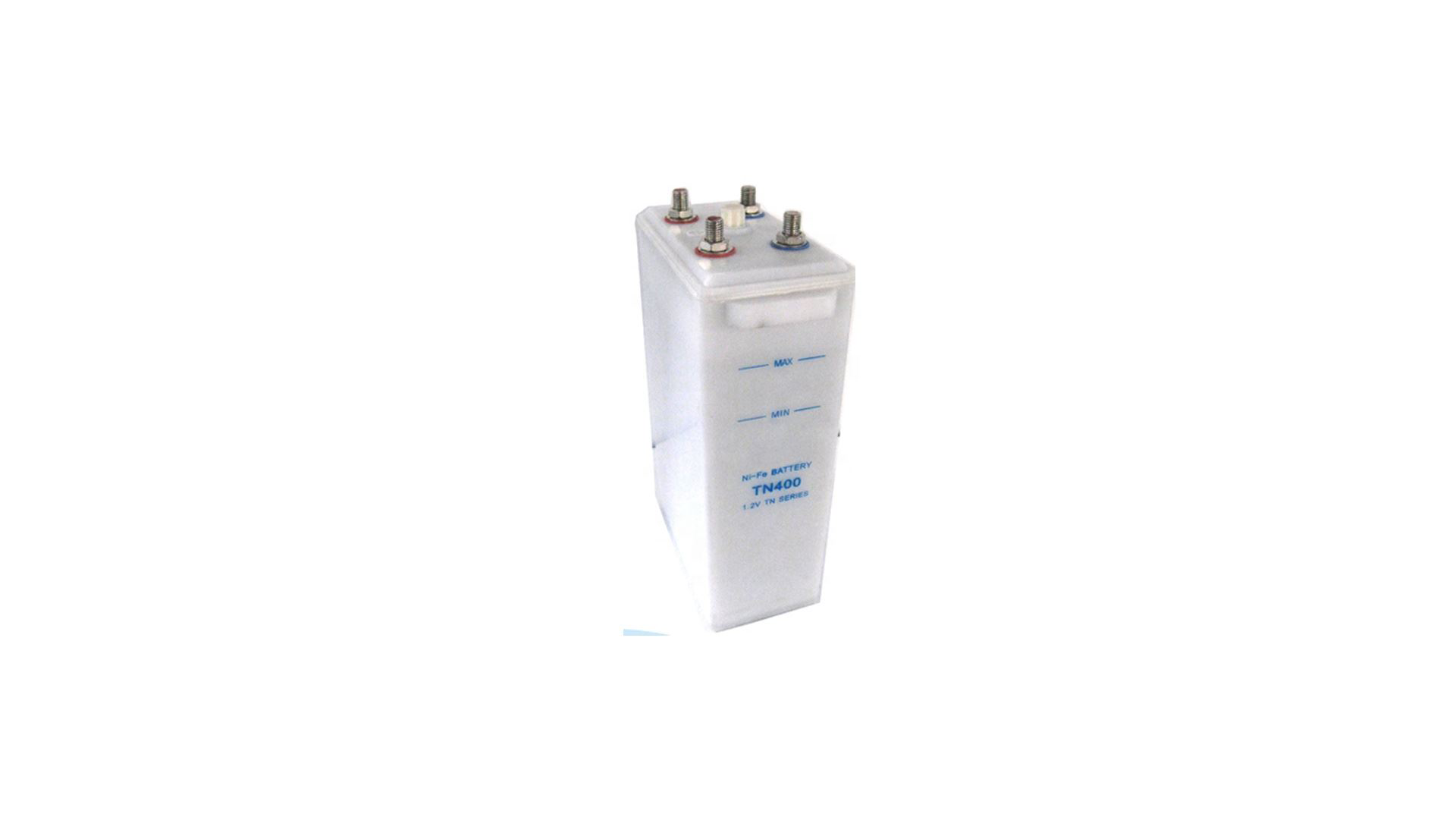
The Working Principle Of Nickel Iron Alkaline Batteries
The nickel-iron battery invented by Edison is one of many rechargeable batteries.Nickel-iron batteries are alkaline secondary batteries, Its positive electrode is nickel oxide, the negative electrode is iron, and the electrolyte is potassium hydroxide. It is a rechargeable battery mainly used for long-term and medium-current conditions. The voltage of this battery is usually 1.2V. It is very durable and can maintain a long life after suffering the above-mentioned damage.With the strengthening of people’s awareness of environmental protection and the large-scale development of photovoltaics, wind power and other fields, the safety, environmental protection, and low-cost and durable advantages of nickel-iron batteries have once again attracted people’s attention. Car lighting and other fields have been applied on a certain scale.
The electrolyte used in nickel-iron batteries is generally sodium hydroxide or potassium hydroxide solution. According to research, adding a small amount of lithium hydroxide to the electrolyte can increase the battery capacity by about 10%. Edison pointed out: The mass fraction of lithium hydroxide in the electrolyte is 2%, the mass fraction of sodium hydroxide is 15% or the mass fraction of potassium hydroxide is 21%. The nickel-iron battery prepared in this proportion as the electrolyte has Good performance. The nickel-iron battery made of potassium hydroxide electrolyte has better high temperature performance, but the price is higher than that of sodium hydroxide. Therefore, in industrial production, the electrolyte is often prepared according to the battery environment and cost.
Nowadays, the capacity of nickel-iron batteries produced by China Hengming Fengyu Co., Ltd. ranges from 100 to 1000 Ah, with an average service life of more than 20 years. They are mainly used for power storage and home power supply systems in power stations. The batteries are sold to many in North and South America. Countries and regions. Nickel-iron batteries have a longer service life, reaching more than 25 years. The capacity of the battery remains 90% after 750-1000 charge and discharge cycles. It is mainly used for solar photovoltaic storage and renewable energy in remote or harsh environments. Storage and so on.


